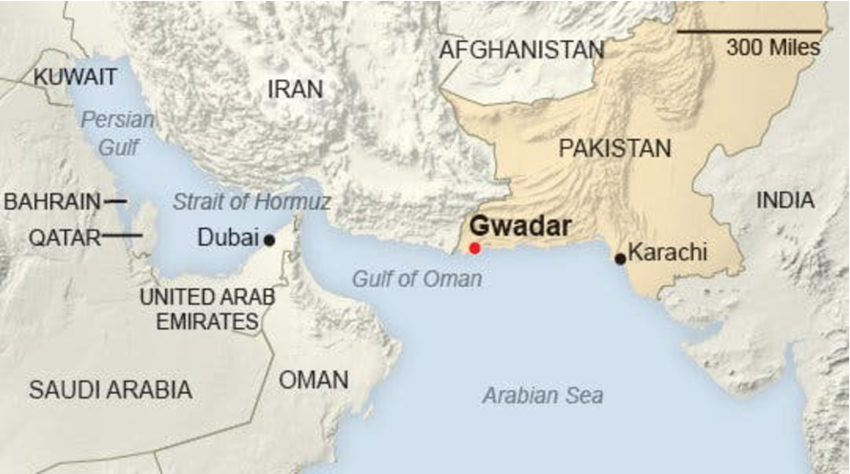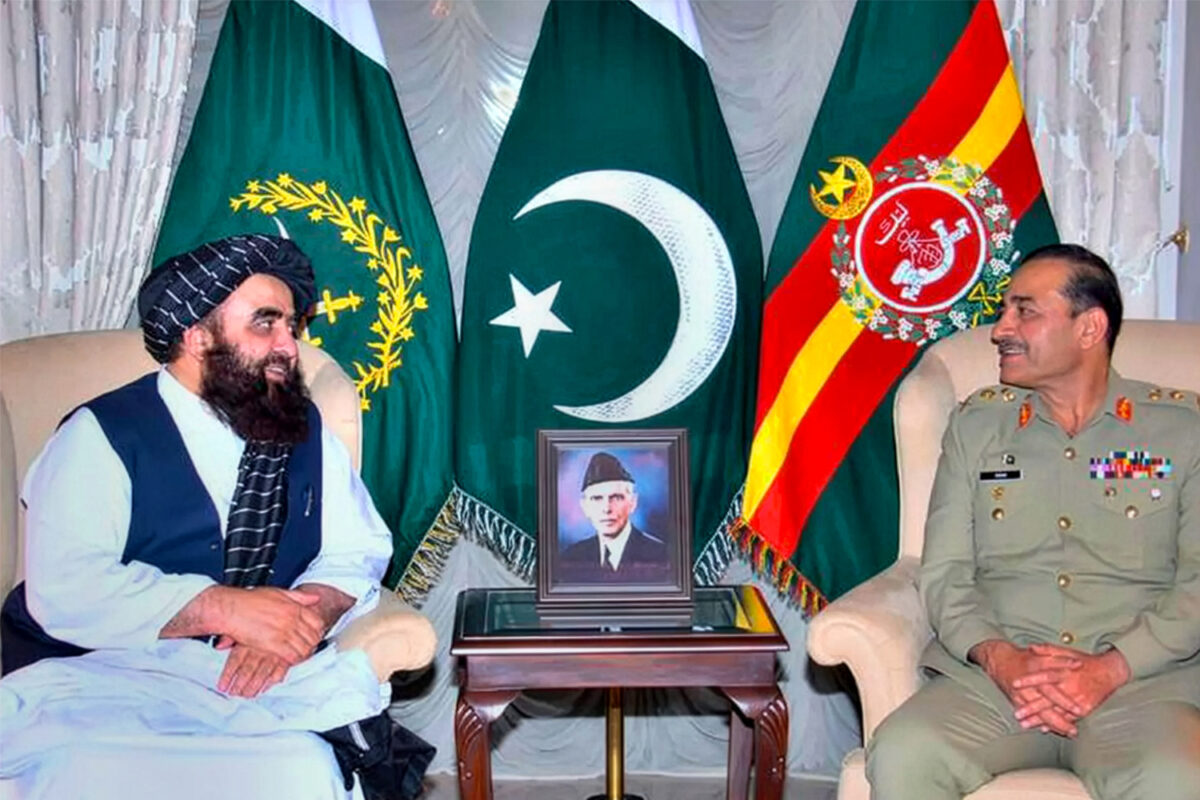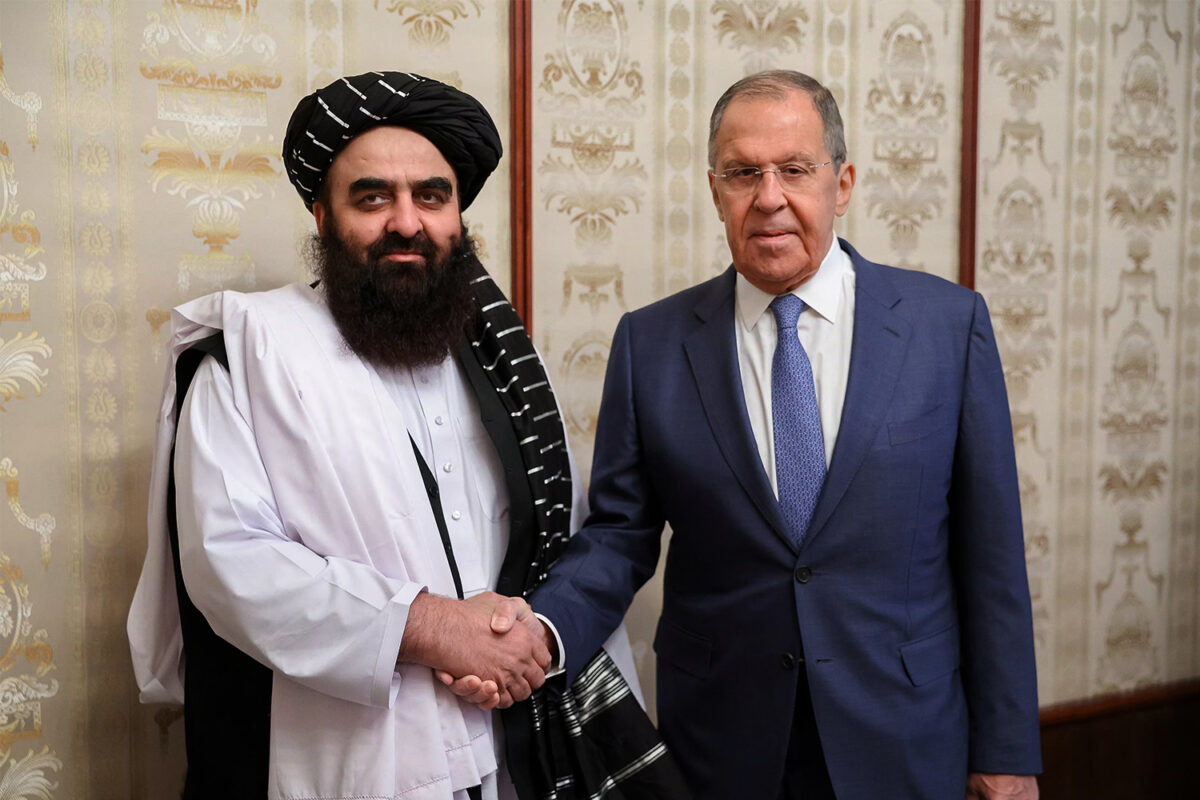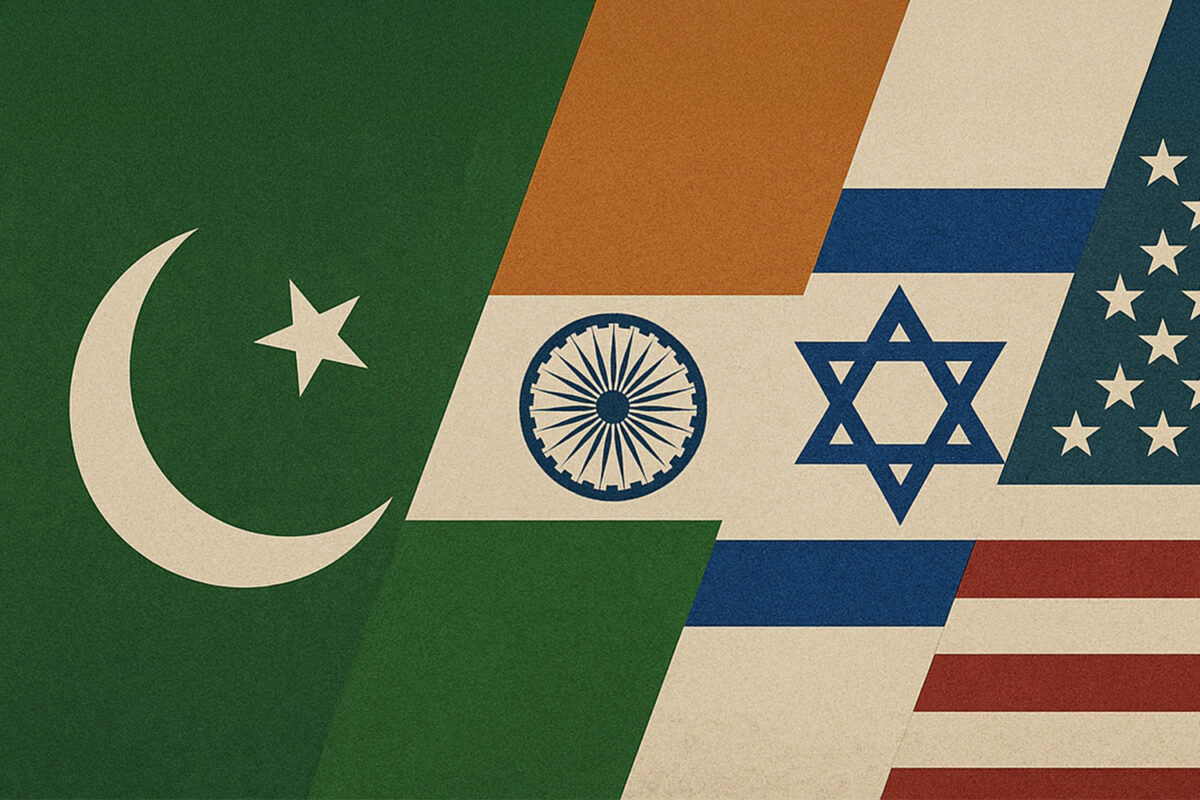In a visit to Pakistan back in April 2015, Chinese premier Xi Jinping signed the China-Pakistan Economic Corridor (CPEC) agreement with then Prime Minister Nawas Sharif. This was to be the flagship for China’s much-vaunted Belt and Road Initiative (BRI). In 2025 the $62 billion mega project will be a decade old. Whilst both nations called the project a win-win at the time as it would provide much-needed infrastructure investment for Pakistan and shorten trade routes for China with direct access to the Indian Ocean. But a decade on the project is suffering from numerous challenges, delivering little, exacerbating longstanding tensions and attracting myriad controversies.
The One Belt One Road (OBOR) project is now officially called the Belt and road initiative (BRI) and was a mega project to create economic corridors that would criss-cross Eurasia. After the global economic crisis of 2008 China’s leaders recognised, they needed to change their economic model as the export driven model had run out of steam. Unable to shift to another model after spending a few years stimulating the economy, Chinese leaders turned to creating economic corridors. The Belt aspect of the project was to create infrastructure in a new 21st century Silk Road with railways, roads, optical fibre and other communication tech. The Road aspect was not a physical road but sea lanes linked together by ports.
China’s dependency on sea routes meant its economy could be halted in any blockade or war and here CPEC was born. China also needed to develop the Western portion of the county that had largely been left behind as China’s rapid economic growth began three decades ago. The mission envisaged a 1,800 mile long infrastructure network project which would shorten the route for China’s energy imports from the Middle East avoiding the existing path through the Straits of Malacca between Malaysia and Indonesia, which could be blockaded in the case of war.
The initiative was divided into three phases. The short-term phase from 2015-2022, focused on basic infrastructure, energy, and port development projects. The medium-term phase from 2021-2025, aimed to establish 33 special economic zones (SZEs). The long-term phase from 2030 envisaged linking together all the different infrastructure projects to deliver the benefits of the economic corridor. However, a decade on the initiative in Pakistan has met multiple roadblocks, delivering very little and attracting myriad controversies. CPEC projects have seen delays due to political instability, financial crisis, and terrorism which have all limited the implementation of CPEC projects.
CPEC projects have seen delays due to political instability, financial crisis, and terrorism which have all limited the implementation of CPEC projects
Due to the ambition of CPEC, Pakistan has been the biggest recipient of BRI funds. China’s $62 billion investment in CPEC funded a wide range of schemes. Some of these programs were successful, like the $1 billion coal power plant established in the Thar Desert. However, the vast majority of Pakistan’s BRI-funded projects ran into trouble—20% have been cancelled completely or stalled indefinitely—and the slew of loans compounded Pakistan’s $100 billion foreign debt, a third of which is owed to China. For China, CPEC is a key aspect of its BRI goals. For this to all happen a host of additional development was needed in Pakistan to support the corridor. As Pakistan has suffered from mismanagement and corruption for decades this was going to be a mammoth task that would need new highways, railways, energy and power development and new ports.
Half of CPEC projects were spent on energy, due to Pakistan’s energy problems. CPEC has made tangible contributions to Pakistan’s infrastructure and energy sectors. The projects in the energy sector added over 5,000 MW to the national grid. Despite this Pakistan still suffers from persistent electricity cuts and load shedding. But all this has come at a major cost to Pakistan as its national debt has increased. CPEC was funded largely by loans Pakistan took from China and now over a third of Pakistan’s $100 billion plus debt is owed to China and debt repayment is consuming half of Pakistan’s national budget.
CPEC was funded largely by loans Pakistan took from China and now over a third of Pakistan’s $100 billion plus debt is owed to China and debt repayment is consuming half of Pakistan’s national budget
The first phase of CPEC was hampered by the fact that the Chinese did not undertake a feasibility exercise of Pakistan, and this has led to persistent delays as a lot of basic infrastructure was not in place. The second phase of CPEC has also seen delays due to political instability, financial crisis, and terrorism, all have limited the implementation of CPEC projects over the past ten years.
Whilst Pakistan originally touted CPEC would lead to job creation and development in provinces such as Baluchistan as the decade went on these have not transpired and has led to persistent attacks on Chinese workers in Pakistan’s poorest province and now there is a full-blown insurgency taking place by the Baluchi separatists. Besides the resistance groups, many locals also do not trust the Chinese any more than they do Islamabad. CPEC activities in Gwadar have also not managed to change the fate of its people, and the influx of Chinese workers and Pakistani soldiers to work on the projects and provide security has led to further alienation.
The Gwadar port on the Indian Ocean was meant to be the crown of Pakistan’s development. The port was completed in 2007 and handed over to a Chinese operating company in 2013 and was to become the heart of CPEC. It would be integrated into a new special economic zone that would transform Gwardar into a bustling port city. But the port has only logged 22 ships in its best year to date. It has also failed to attract any regularly scheduled deep-sea shipping lines. Gwadar is operating at very limited capacity, processing almost no cargo that could generate income for Pakistan — or, for that matter, for the Chinese operating company. After a decade of CPEC, the port at Karachi handles more cargo.
Not surprisingly Saleem Mandviwalla, the chairman of the Senate Standing Committee on Planning and Development confirmed in 2021, the Chinese were not satisfied with the pace of work on CPEC and no progress on the portfolio was seen during the last three years. “They are crying, the Chinese ambassador has complained to me that you have destroyed CPEC and no work was done in the past three years.”[1]
The Special Economic Zones (SEZ) were meant to be a key part of the second phase of CPEC. Islamabad was hoping it could have its own Shenzhen and Shantou to drive economic growth. But there has been no visible impact on Pakistan’s exports or the broader economy. China has not followed through with investment in the SEZs, which has resulted in this aspect of CPEC also stalling.
The China-Pakistan Economic Corridor (CPEC), one of the BRI’s cornerstone initiatives, has not lived up to the promise of building an economic corridor promoting bilateral connectivity. Massive Chinese loans for CPEC have done little to achieve the dream of creating an industrial partner in the region. The initiative on the other hand has compounded Pakistan’s economic problems by exacerbating corruption and creating further debt for Pakistan. The initiative is too big to fail and ambitions and expectations have been scaled back. Whilst CPEC has not failed, it has not lived up to the lofty ambitions from a decade ago. Fixing this requires many other issues to also be solved, which is very unlikely and it’s likely China will try to muddle through and get the best it can as the project is just too important for China’s brand to be abandoned.
1 Slow pace of work on CPEC irks Chinese companies – Business – DAWN.COM





